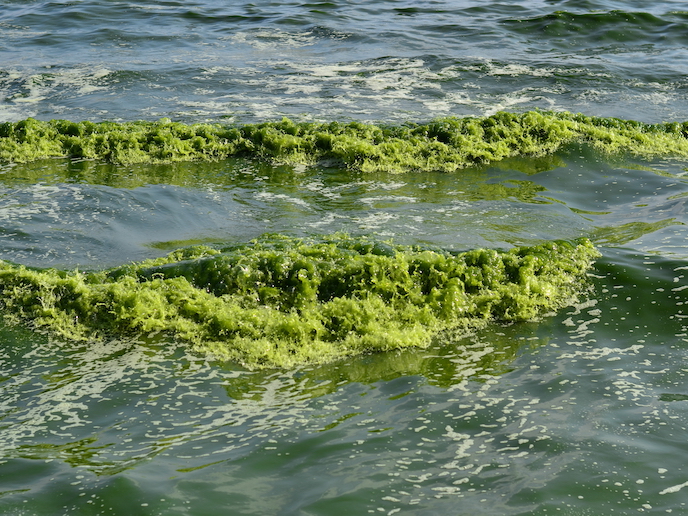Simulation model aims to facilitate climate change projections
Iron deposits from dust and combustion aerosols are essential for marine primary productivity, the synthesis of organic compounds from atmospheric or aqueous carbon dioxide (CO2). This enables the ocean – largely through phytoplankton growth - to play a significant role in carbon (i.e. CO2) sequestration from the atmosphere, mitigating anthropogenically-accelerated climate change. Yet, iron is relatively rare in the open ocean. While geoengineering experiments to enrich specific regions with iron have resulted in increased phytoplankton growth, uncertainty remains about the wider impact of atmospheric nutrient depositions on marine functioning. Model building blocks To explore the effect of air quality on iron atmospheric processing and marine primary productivity, the EU-supported ODEON project conducted simulations for preindustrial (1846 - 1855), present day (2001 - 2010) and end of the century (2091 - 2100) time periods. “We developed novel simulation tools for gas and aqueous phase chemistry, along with an ocean biochemistry model to propagate the effects of atmospheric chemistry on iron deposition onto marine biota,” explains project coordinator, Prof. Maarten Krol. These tools were then coupled to the base code of EC-Earth(opens in new window), a European community Earth System Model (ESM), together with numerous scripts (written in python) for model evaluations. By integrating current knowledge about the Earth’s physical, chemical and biological processes in the atmosphere, oceans, biosphere and land, EC-Earth’s state-of-the-art tools attempt to simulate all the aspects relevant for the functioning of the Earth’s system. The goal of this collective effort is to help with seasonal to decadal prediction and climate change projections. “Long coupled model simulations are extremely interesting scientifically but computationally very demanding. Using a combination of techniques, such as time-slice simulations, we managed to perform our analysis successfully,” Prof. Krol says. ODEON’s long simulation for the present day shows a total global production in the world’s oceans of 45 petagram of carbon per year (45 Pg-C/yr). The corresponding net carbon uptake by the ocean amounts to 2.2 Pg-C/yr, roughly 20-25 % of current anthropogenic carbon emissions. These numbers agreed with estimates from the observations and predictions of other models. However, the ODEON model calculated stronger regional changes in carbon flux compared to other studies. This they attribute in part to the human influence on iron-mobilisation, for example through the combustion aerosols emitted from biomass burning and fossil fuels. “Deposition of iron doesn’t always mean that it is bio-available,” Prof. Krol says. Insights into atmosphere-ocean interactions ODEON’s results also shed light on the links between atmosphere and eutrophication (overabundance of nutrients), leading to increased plant growth and often undesirable ecosystem changes. Examples include the economic effects of algal blooms on commercial fisheries and tourism. Indeed, eutrophication has been cited by the GESAMP(opens in new window), as one of the most damaging effects that humans have on the oceans. In addition to communicating results across the scientific community, including the EC-Earth consortium, ODEON targeted initiatives such as the TM5-Fast Scenario Screening Tool(opens in new window) for potential air-quality impacts and PISCES(opens in new window) which is looking at marine primary production. With the results available as open-access, the reliable Earth system information will be of use to policy makers. Increasing the accuracy of the ESMs’ climate projections requires more complex and detailed evaluations of the ocean ecosystem. “The next goal is to extend this research to other limiting nutrients for the ocean, bringing EC-Earth to the forefront of international carbon-cycle studies,” says Prof. Krol.







